You know how the old saying goes: you can never have too many pedals, right? Here at Andertons Music Co, we love pedals as much as the next player (or arguably more so). There’s nothing we love more than an array of colourful effects and stompboxes that we can tap dance with! While some effects are designed to subtly improve your tone, there’s the occasional pedal that’ll warp your signal chain beyond recognition.
You may have spent weeks, months or years tweaking your pedals to attain that sound you’ve been after, but what about when they’re bypassed? It’s long been a hot topic of discussion among guitarists and tone aficionados. The idea of your tone being affected/diminished in some way by having a long signal chain with multiple stops along the way seems logical. So what’s the answer?
Hypothesis: Having more pedals in your signal chain weakens your signal volume and quality.
We’ll be conducting a number of experiments to get to the bottom of this age-old tonal conundrum. Pedals have become more and more popular over the years, arguably for obvious reasons. While plugging a guitar into the front of a cranked up valve amp appeals to the no-frills rockstar inside each of us, the idea of sculpting your tone with a variety of stompboxes has proven an irresistible formula.
So what happens when you take a clear signal that runs from your guitar to your amp, and put loads of fun stuff in between? When you turn them on, it sounds great (unless they’re all fuzz pedals – that’s an acquired taste); but when you flick them back off, does your guitar sound the same? That’s what we’ll be exploring with this experiment. While there a number of variables to consider (which we’ll look into shortly), the main thing we’ll be analysing is the number of pedals used, and how that affects tone.
What is ‘Tone Suck’?
Tone suck is a popular term for the very thing we’re trying to debunk. It’s the idea of losing some signal integrity by plugging a pedal / a number of pedals. While there are possibly more professional terms to use, this is the one that gets thrown around most often. Mention it in a room full of guitarists and you’re in for a lengthy debate.
Guitar pedals are a cocktail of capacitors, transistors, soldering and digital processing. It seems only natural that a signal running through all of that would be affected in some way, right? Some pedals have more going on inside, and many argue that pedals with cheaper components have more of a negative effect on your tone. Plug in a cheap old overdrive pedal and leave it switched off – you might just hear a difference!
What are buffered & true bypass pedals?
Buffered & true bypass circuity is designed to combat any form of ‘tone suck’. The idea of buffered circuitry is give a slight boost to your tone, ensuring that any subsequent signal loss has been pre-preemptively accounted for. While this ensures that your signal remains clear and strong, it can also colour it slightly. A more popular option, wherever available, is a true bypass pedal. As the term suggests, this means that your signal passes through the pedal totally uninterrupted – you can even remove a power source, and you’ll still be going!
How does an FX loop work?
An FX loop is another tool used by guitarists to ensure preservation of signal strength and clarity. It’s become a hugely popular feature on many modern guitar amps.
Most guitar amplifiers consist of a pre-amp and a power amp. The pre-amp is what gives you your tone, and the power amp is what converts it into amplified sound. If you plug pedals into the front of your amp, those effects go through the preamp, thus compromising your precious tone.
The FX loop gets in between the two amp components, mean your pedals are only added after the pre-amp, preserving your tone and providing an arguably clearer signal. This could be considered subjective, as many guitarists don’t mind the colouration of running your board in to the front of an amp! Many tonal purists actually divide their effects, running overdrive and dynamic stuff through the front end, and ambience and modulation effects through the loop. For the sake of simplicity, we’ll be running everything through the front of our amp, as we’re not concerned about the effects themselves!
Variables
- Number of pedals – as we’ve already mentioned, if having pedals in your chain affects your tone in some way, the number of pedals is bound to make a difference. That’s why we’ll be testing a number of different signal chains with varying amounts of pedals involved. This will (in theory) give us a clearer overview of the results.
- Types of pedals – analog vs digital, cheap vs expensive, fuzz vs modulation, and so on. You’d be forgiven for thinking that a bypassed fuzz pedal might make a bigger difference to tone than a digital reverb. We’ll be using a curated selection of pedals that cover every category, price point and configuration wherever possible.
- Cable quality – we recently conducted a similar experiment, looking at how different types of cable affect tone. The Stagg SGC6 6m surprisingly came out on top – we’ll be using these in our experiment.
- Power Supply – many perceive daisy-chain power supplies to be noisier than isolated ones. On the recommendation of our video team, we’ll be using the Truetone 1 Spot Pro CS12.
Method
There will be a carefully picked selection of pedals that cover the 4 main categories: dynamic, overdrive, modulation and ambience. There will be 4 pedals in each category – here’s the list:
- Dynamic pedals: Xotic EP Booster, MXR Dyna Comp Mini, Origin Cali76 Paradiso, Fender The Bends Compressor
- Overdrive pedals: JHS Angry Charlie, Mythos Golden Fleece, Way Huge Russian Pickle, Keeley D&M Drive
- Modulation pedals: T-Rex Tremster, Walrus Audio Julia Chorus/Vibrato, Mooer Trelicopter, MXR Uni-Vibe
- Ambient pedals: Walrus Audio Fathom Reverb, Alexander Pedals Quadrant Delay, GFI System Clockwork Delay V2, Tone City Tiny Spring
These pedals will then be arranged into 4 signal chains of different lengths. We’ll select the same number of pedals from each category for each chain to keep it fair and varied. It’s worth pausing for a reminder at this point; as colourful as this selection is, it’ll be totally bypassed – switched off – for the duration of the experiment. Boring, we know – but it’s in the same of science. We might switch them all on at the end just for fun…
For each signal chain, we’ll play a few of snippets of playing, covering both clean and distorted tones. With all of this in mind, we’re hoping to get a really broad overview of how the size of your pedalboard affects your sound! The amp we used was a Fender Hot Rod Deluxe IV, mic’d up using a Shure SM7B. So without further ado, let’s get cracking!
The Results!
We’ll start off by looking at the video; below you’ll find a list of timestamps that specify which signal chain you’re hearing.



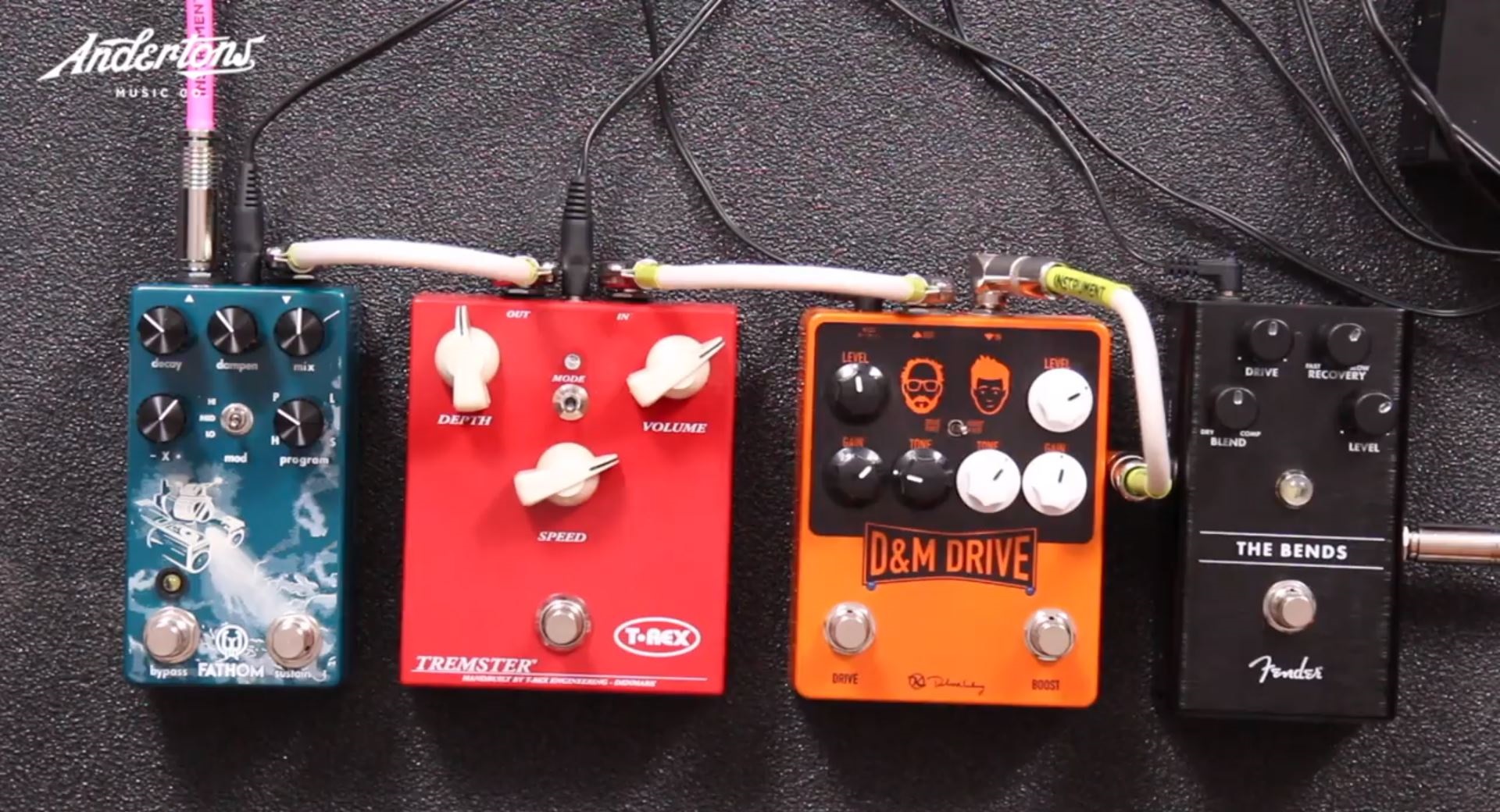

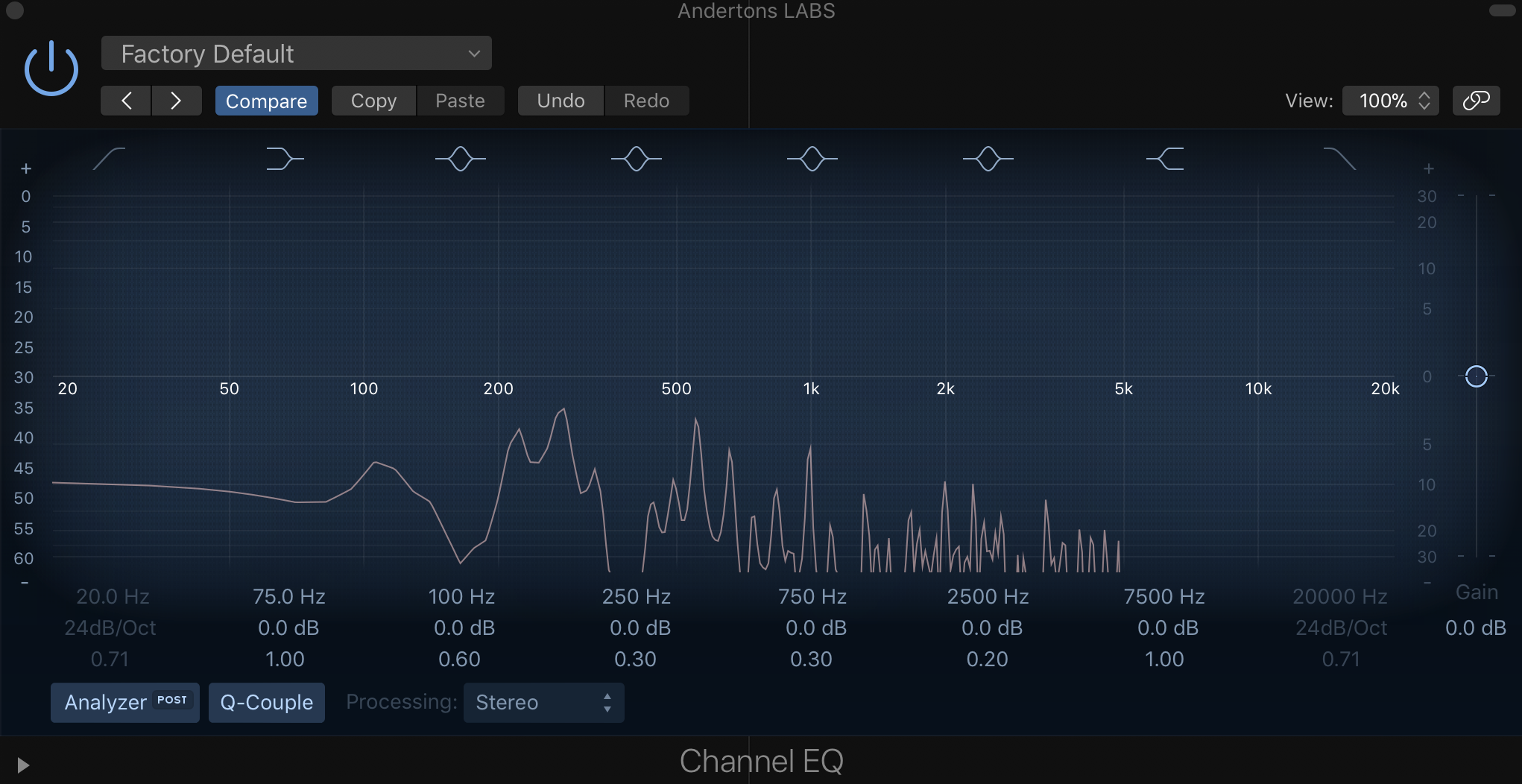
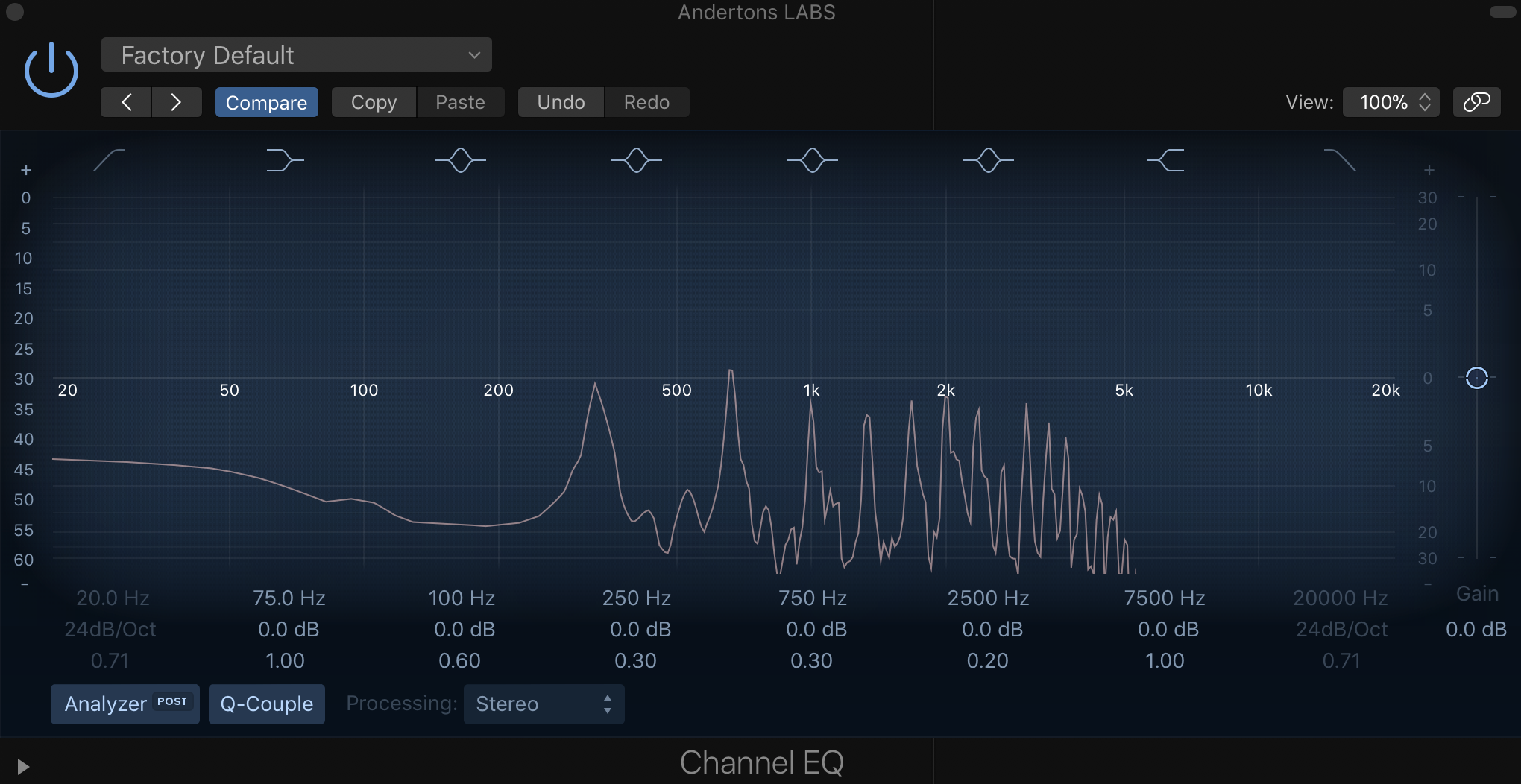
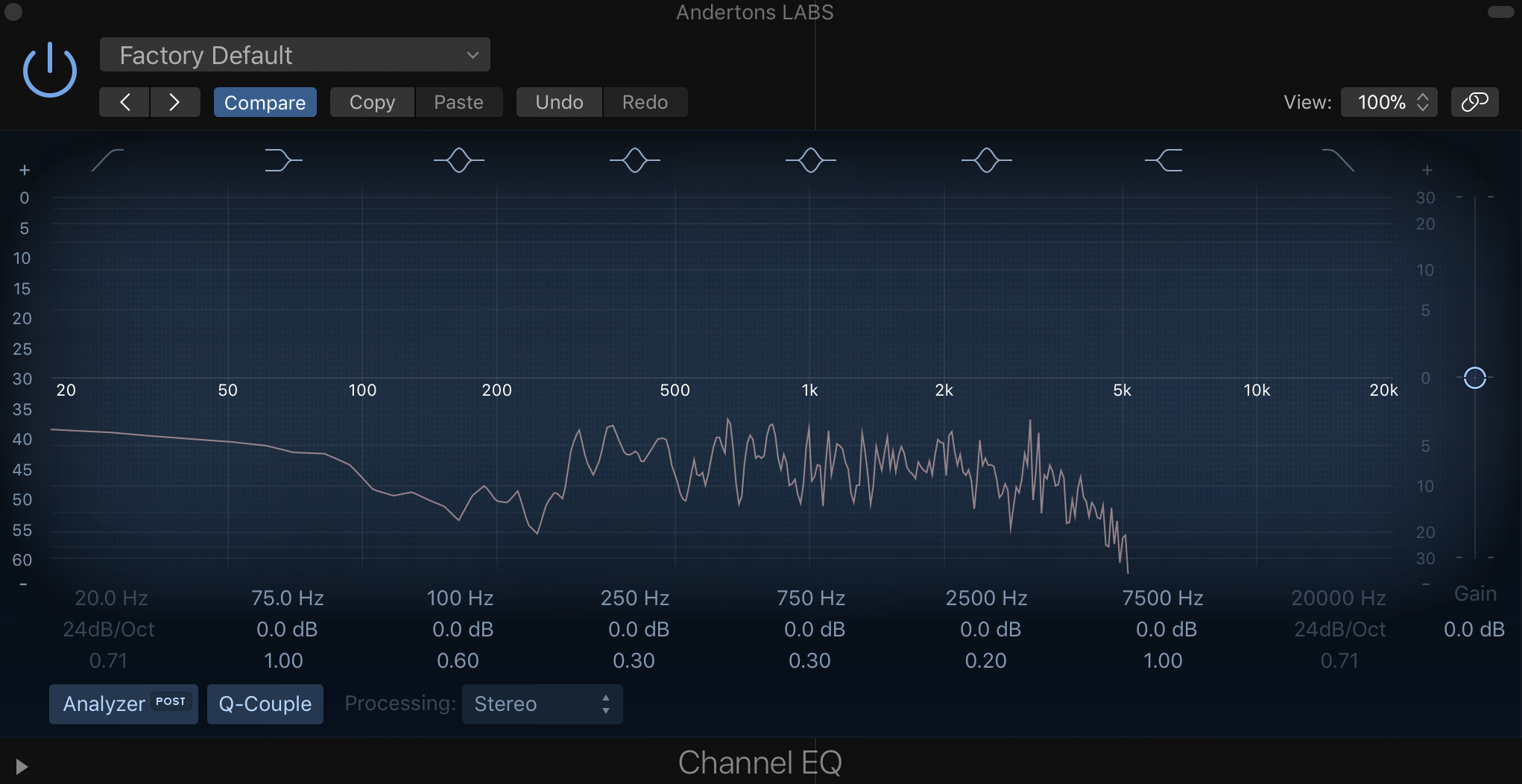
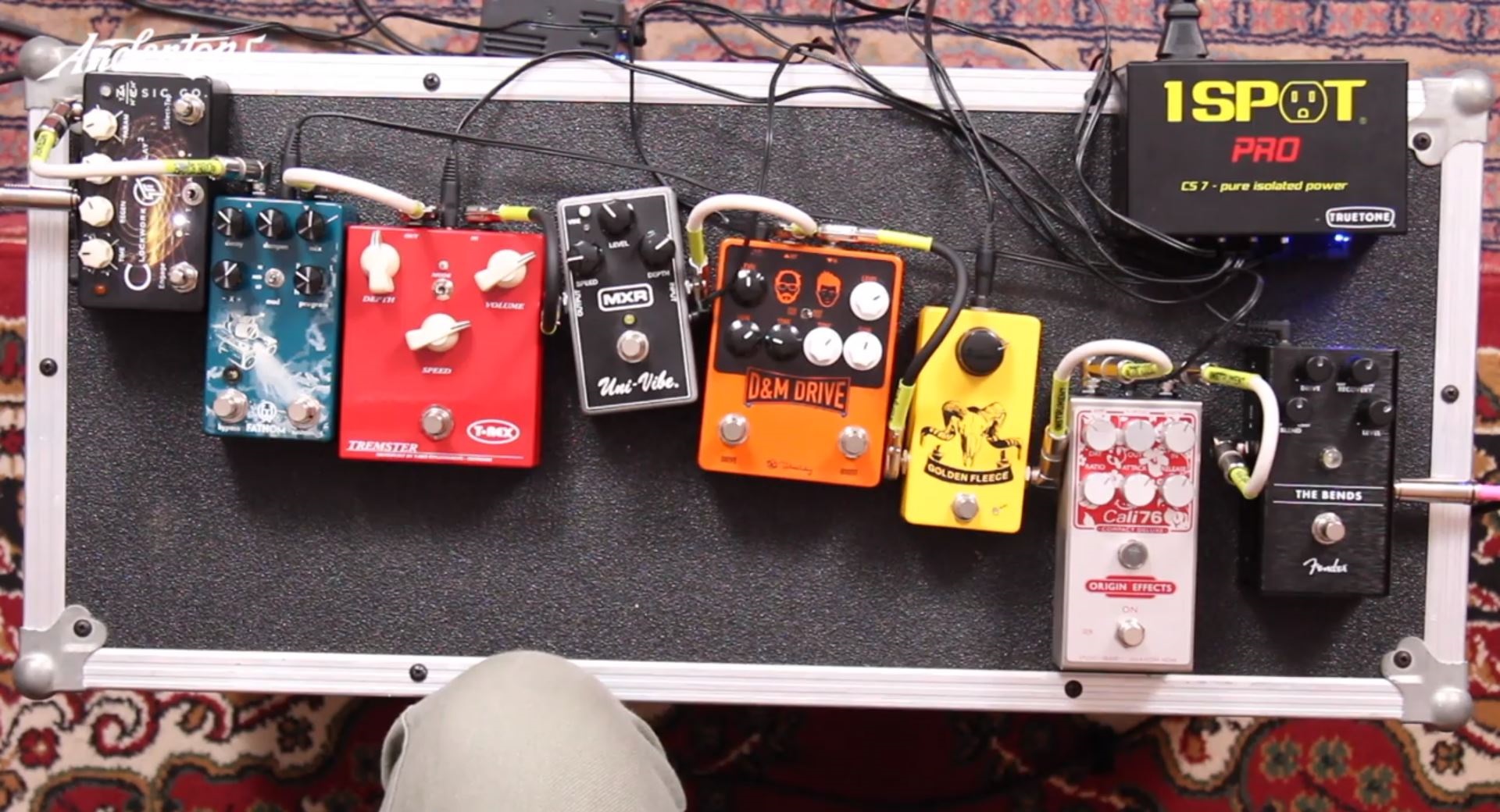

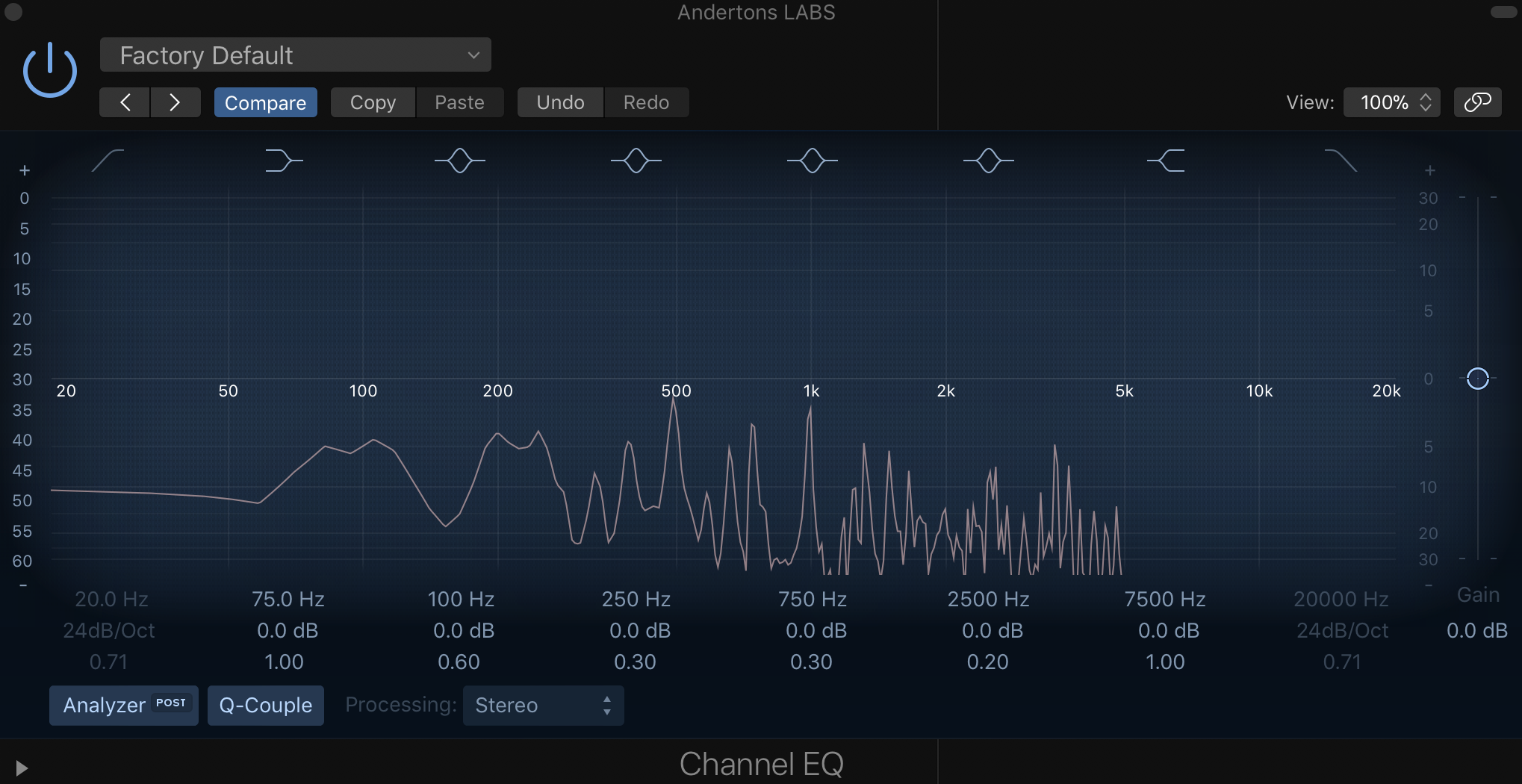
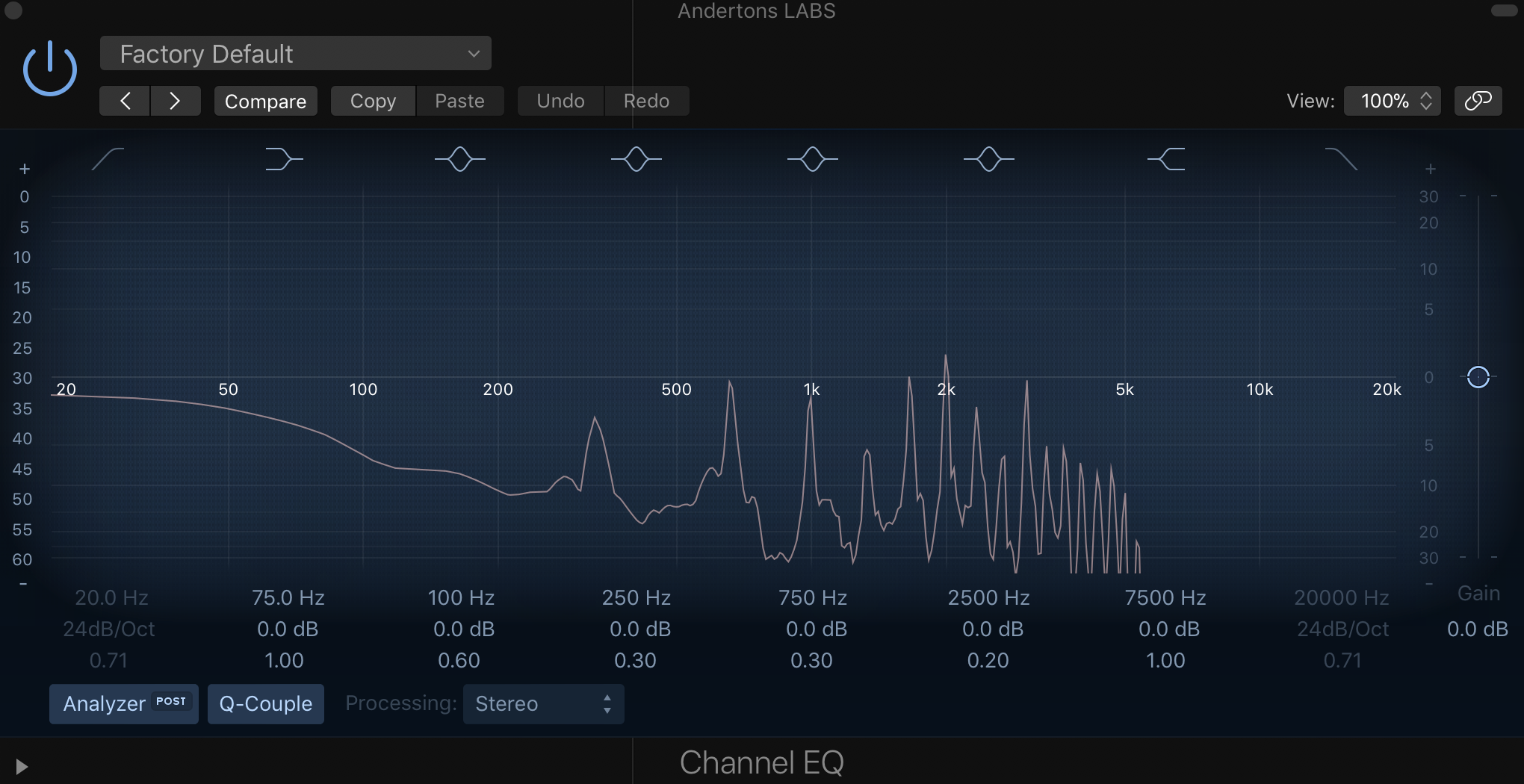
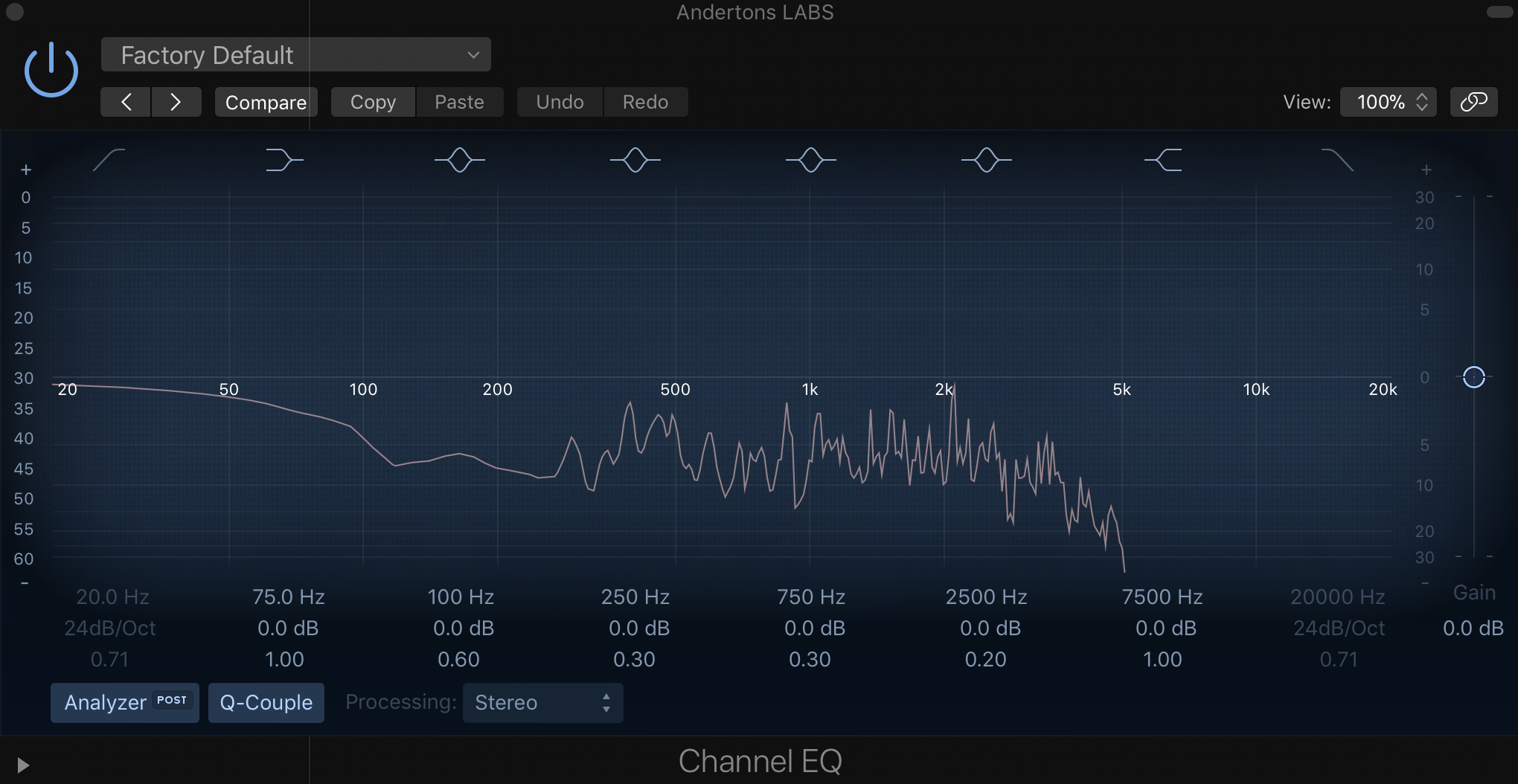
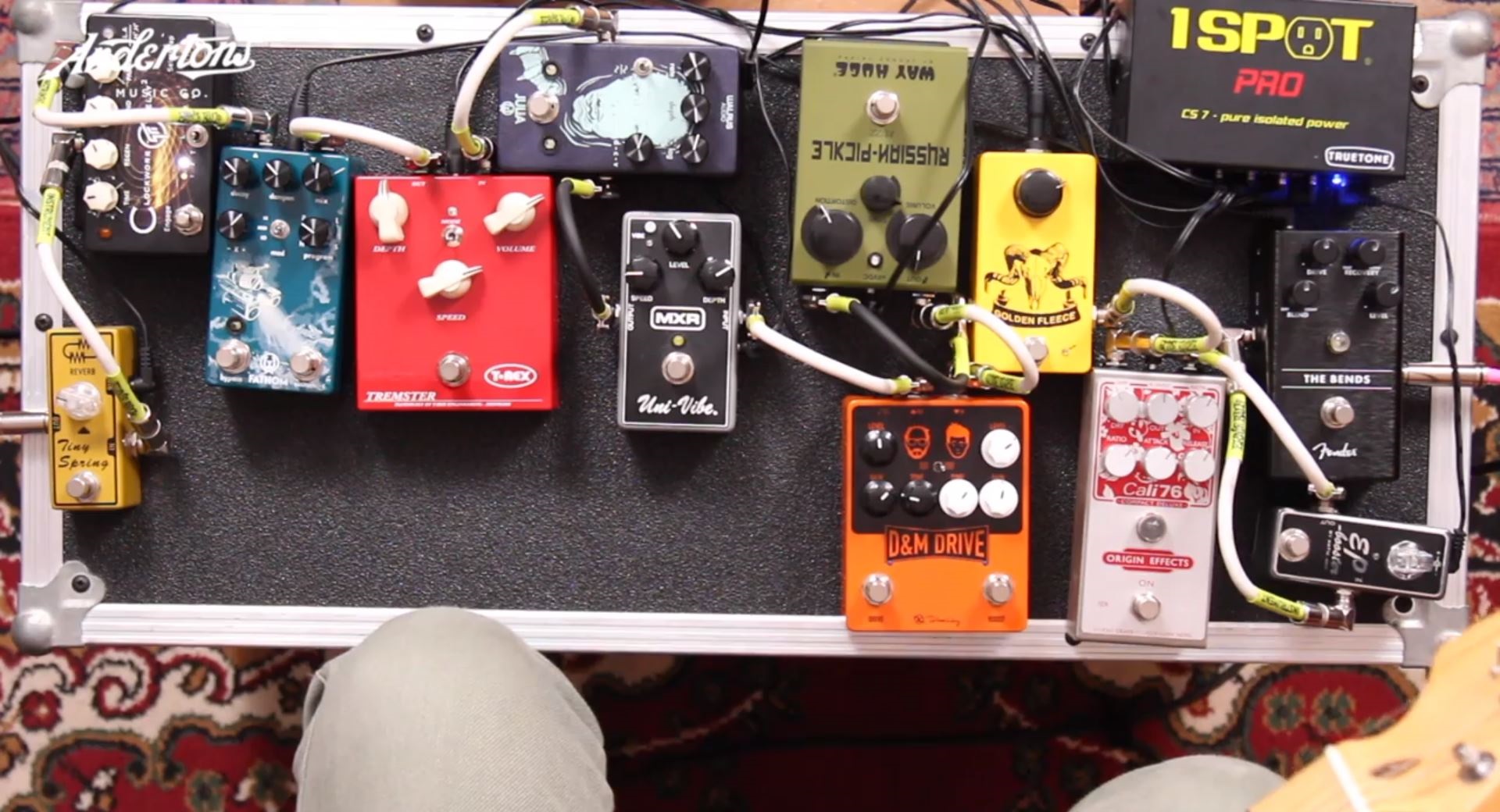
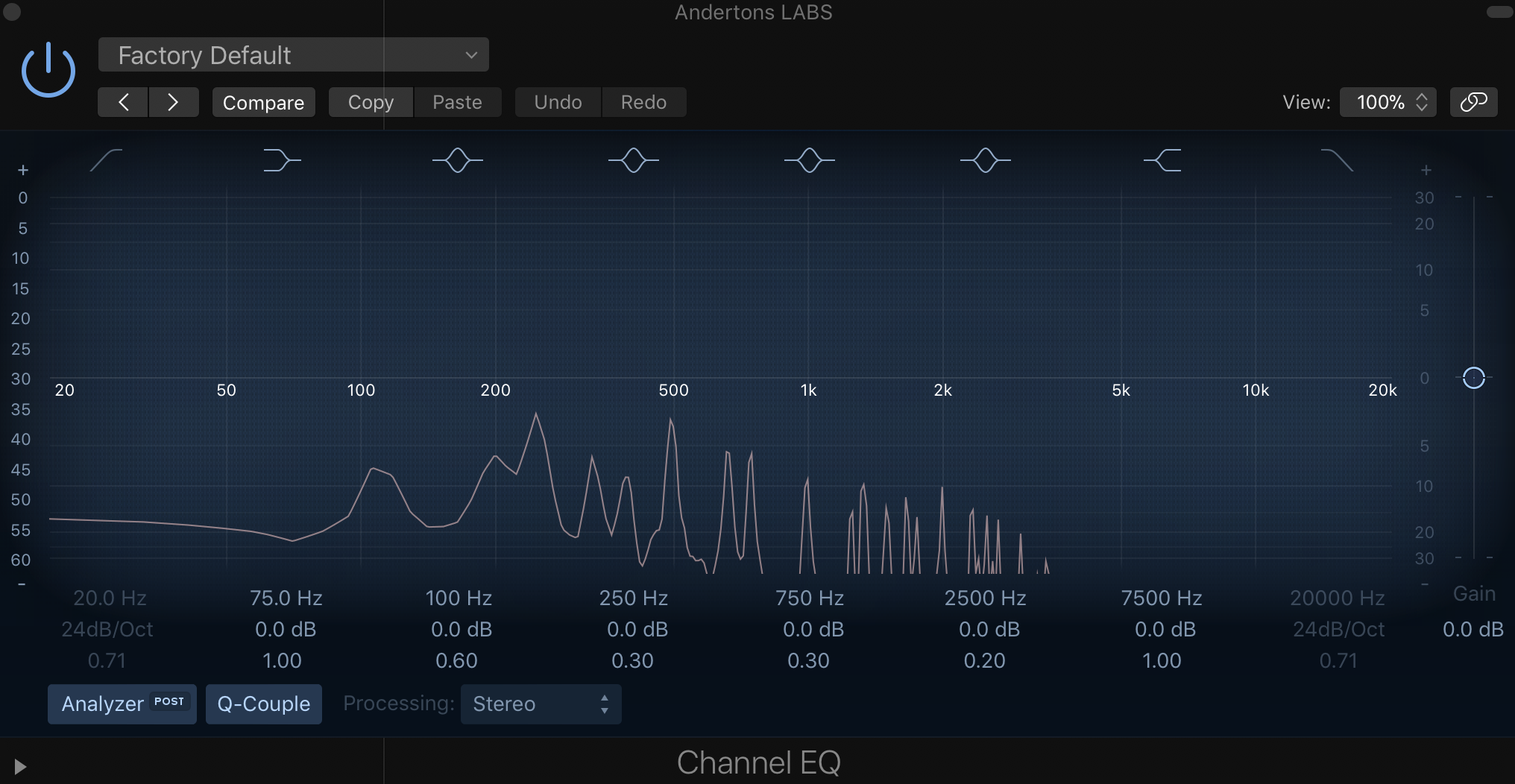
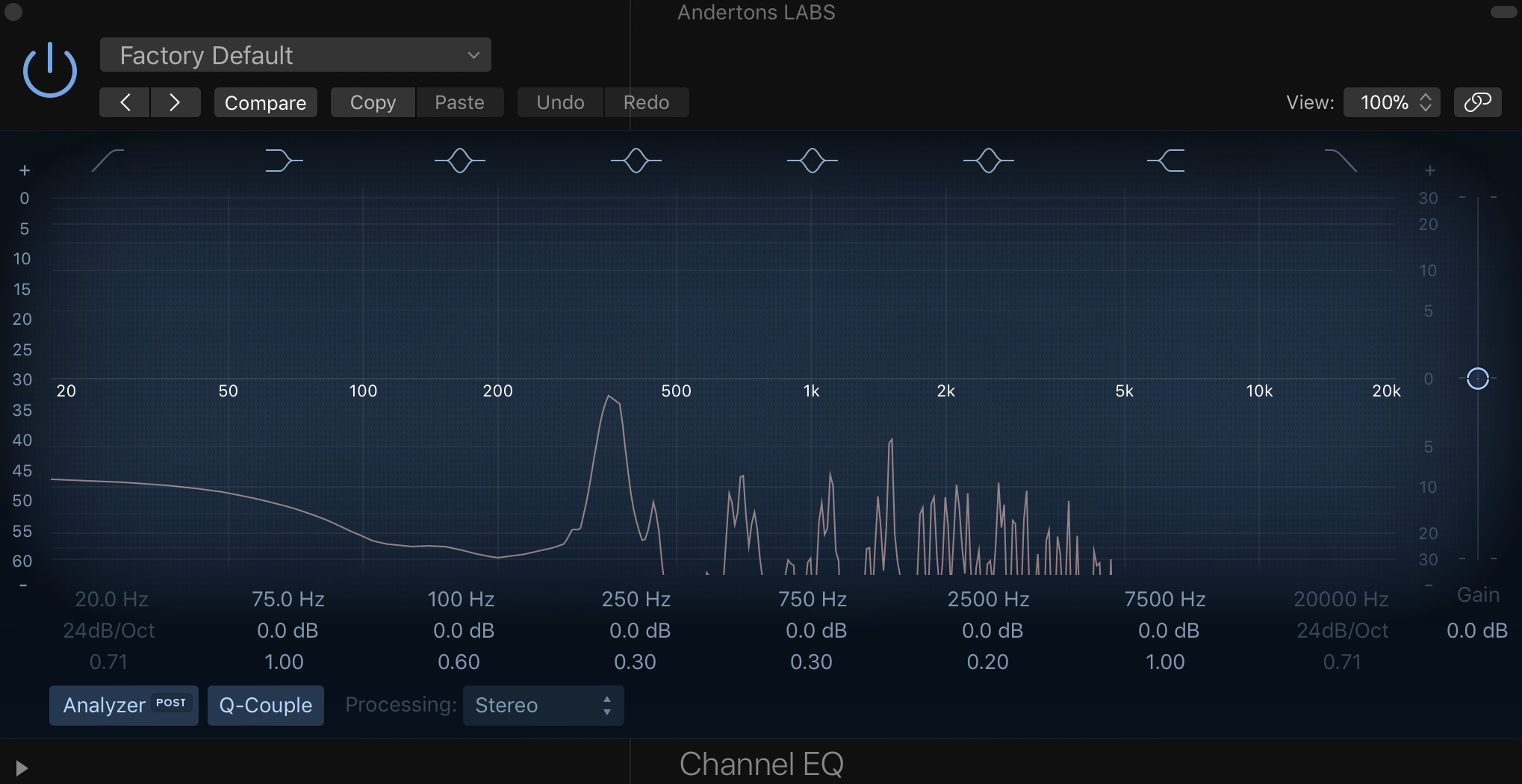
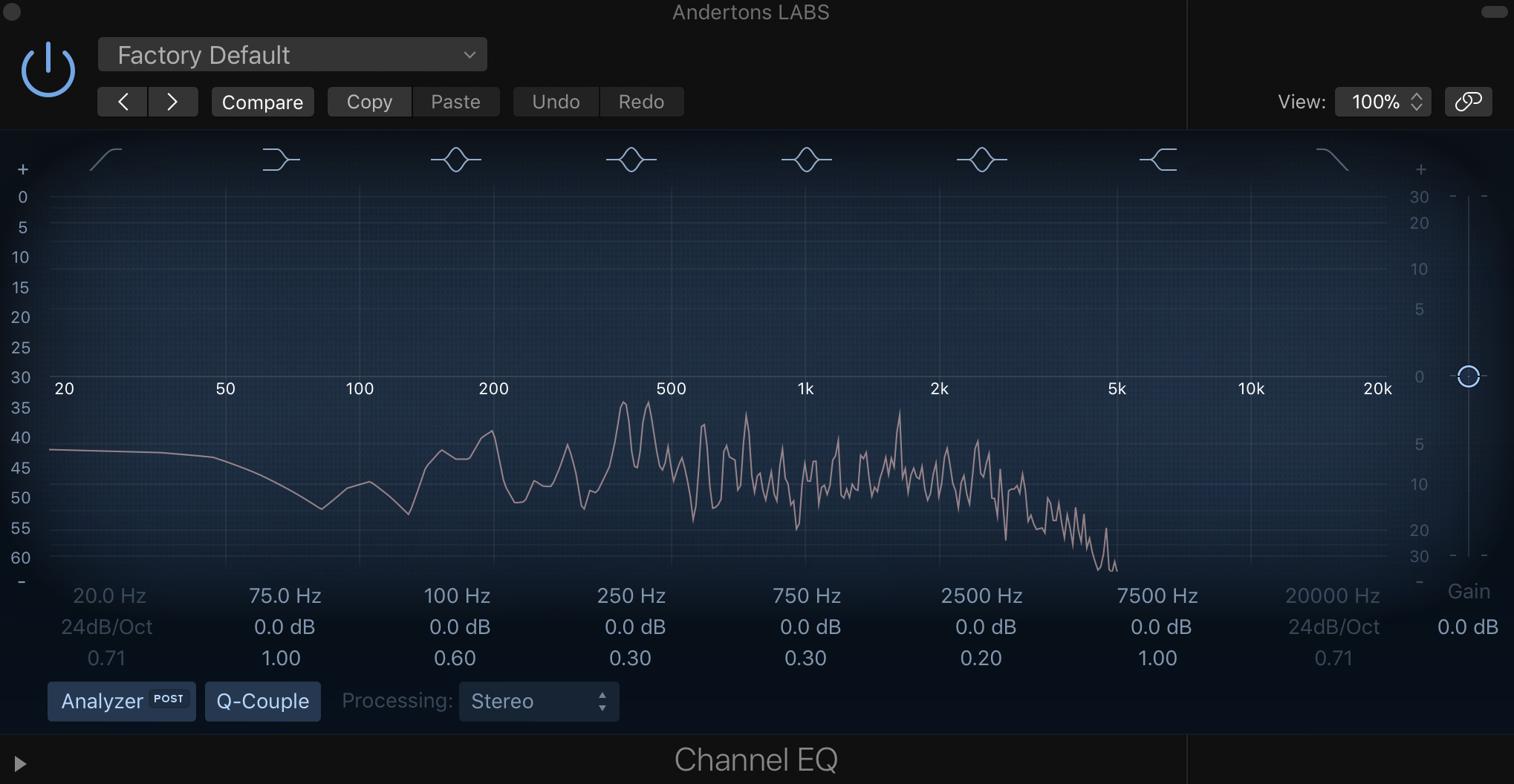
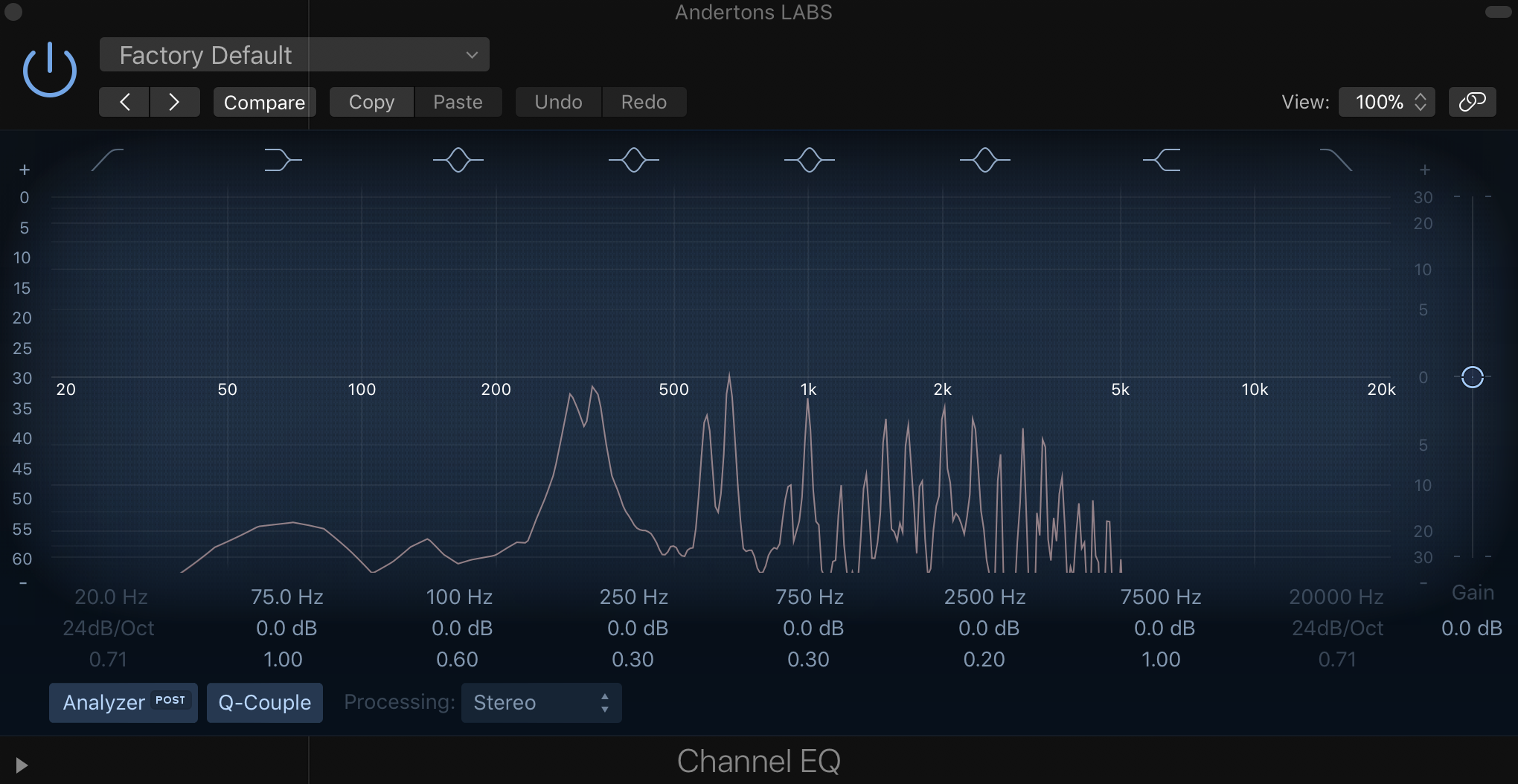
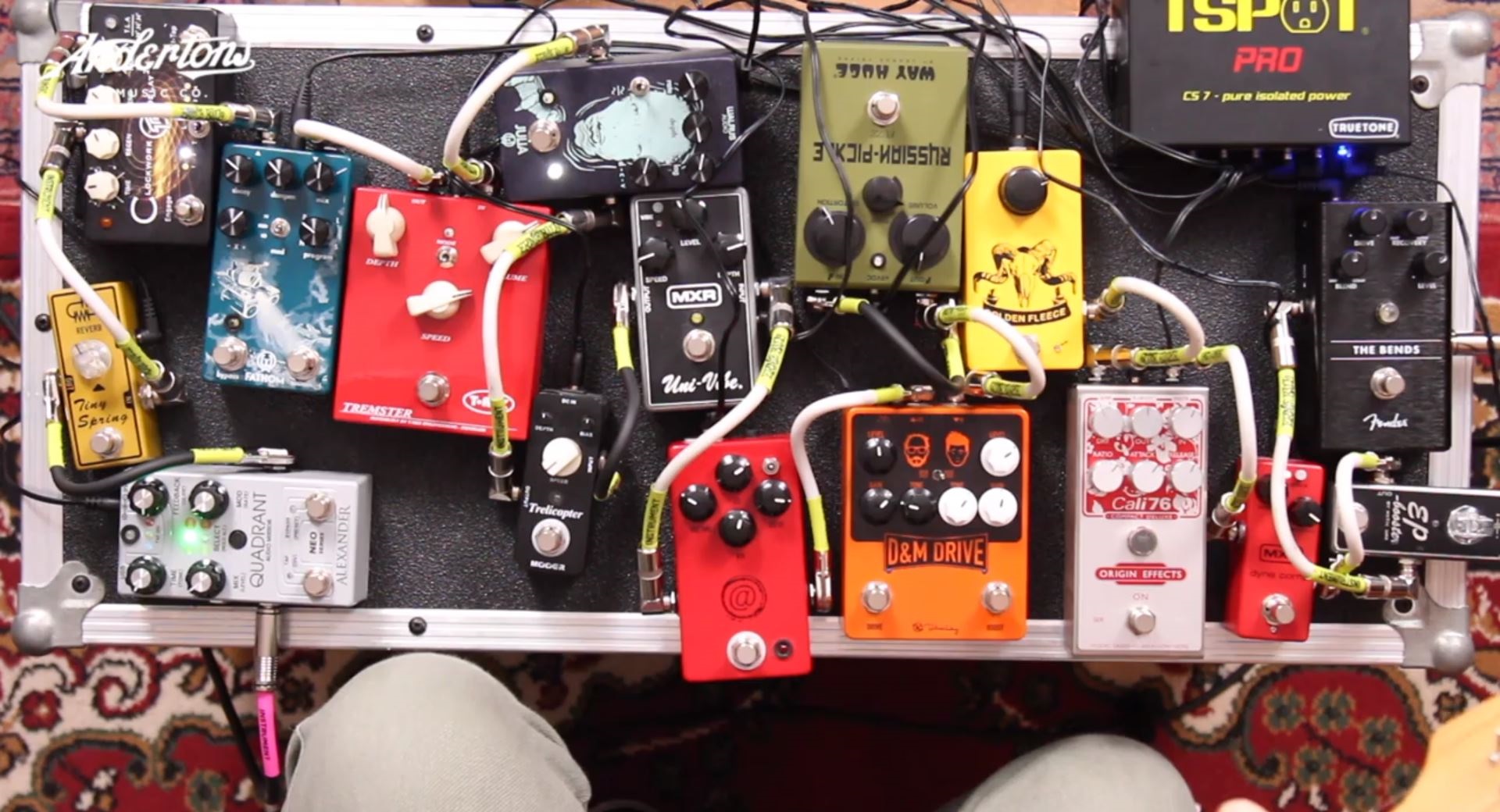
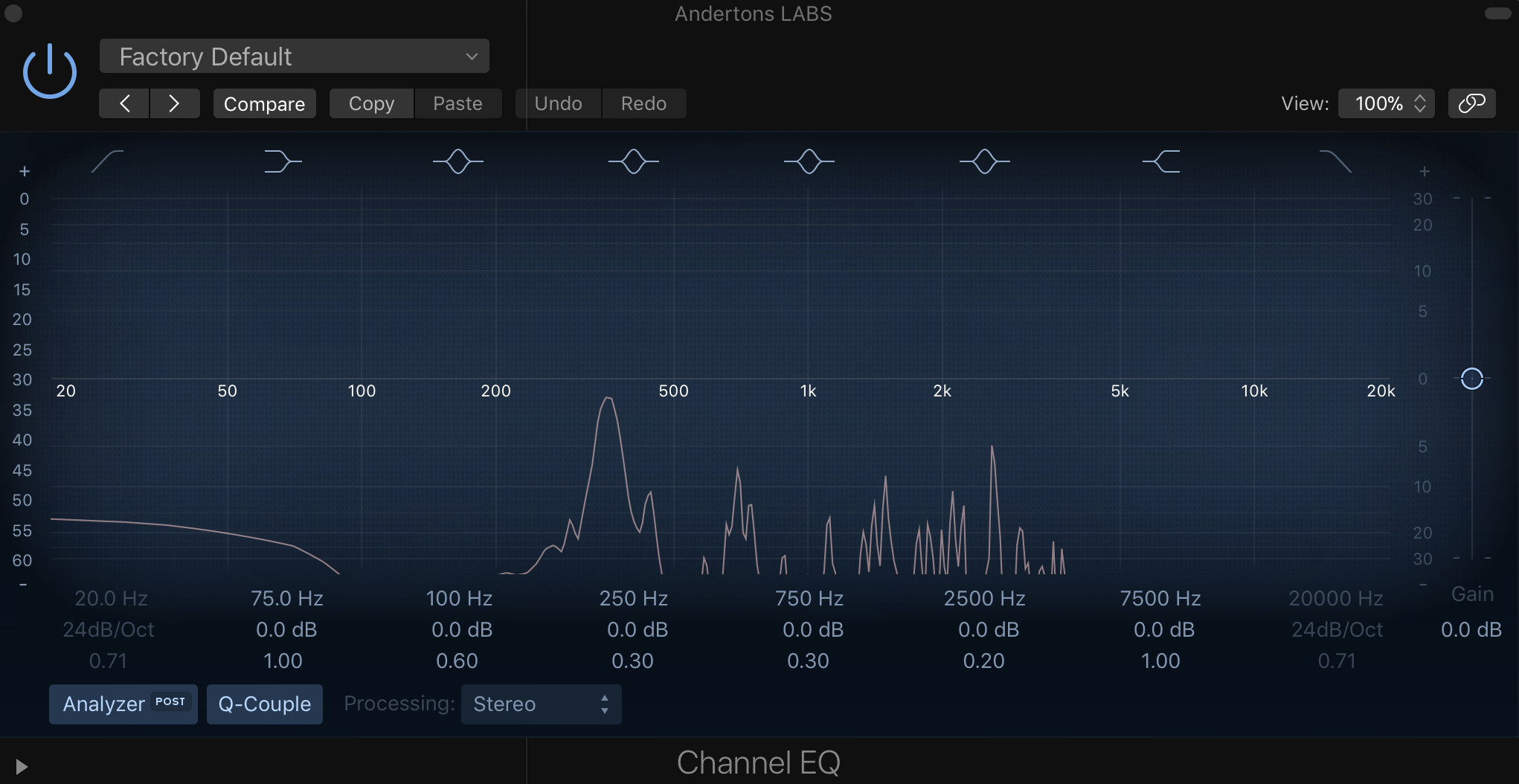
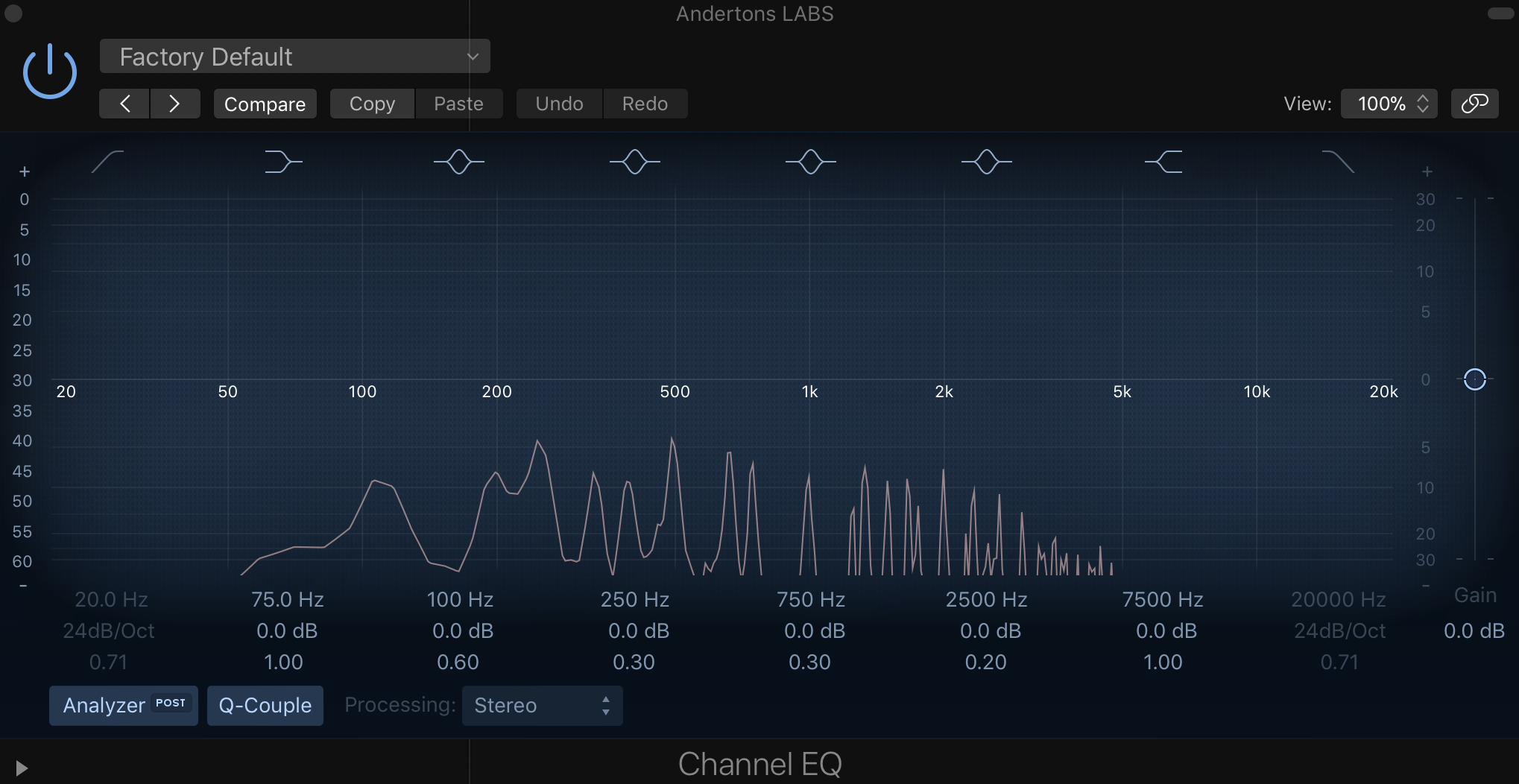



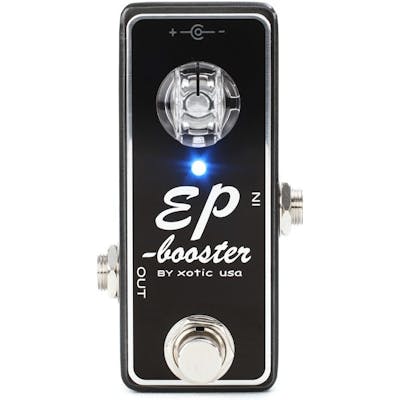
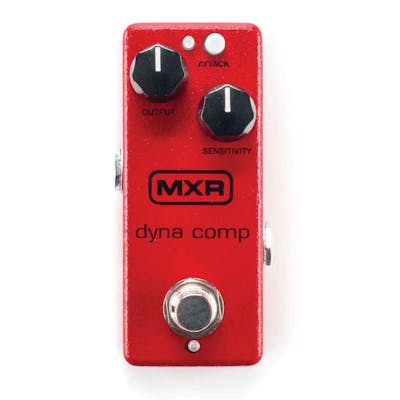

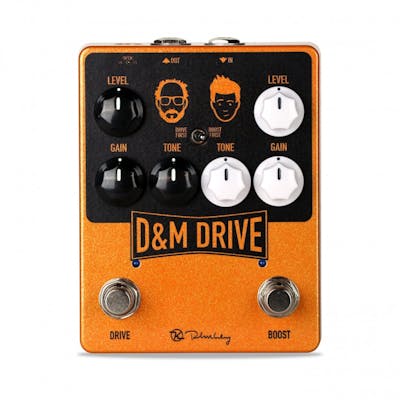


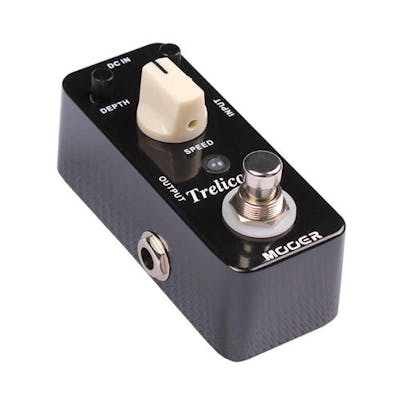

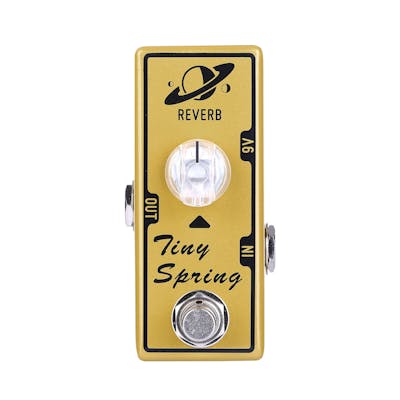
Responses & Questions